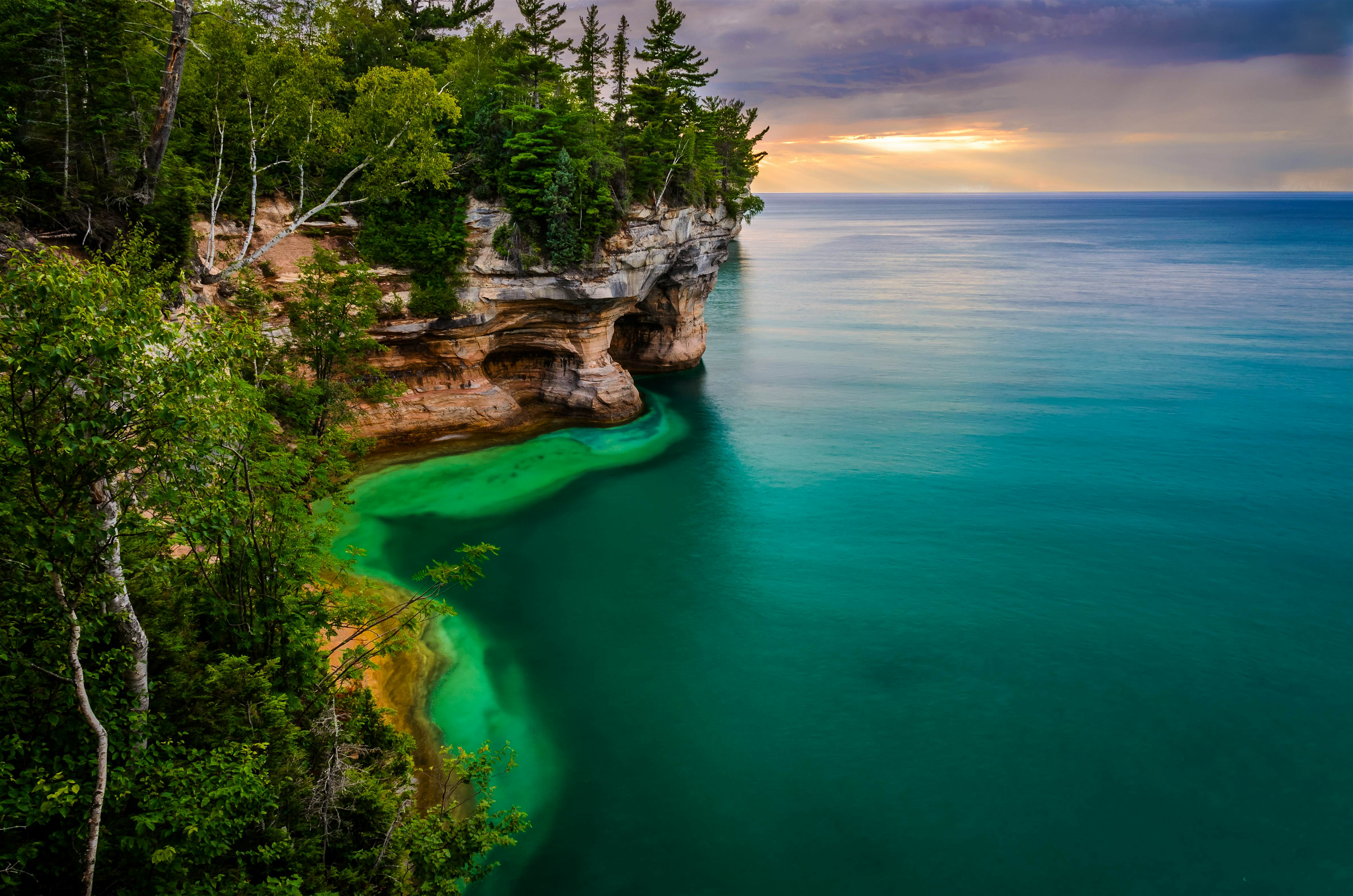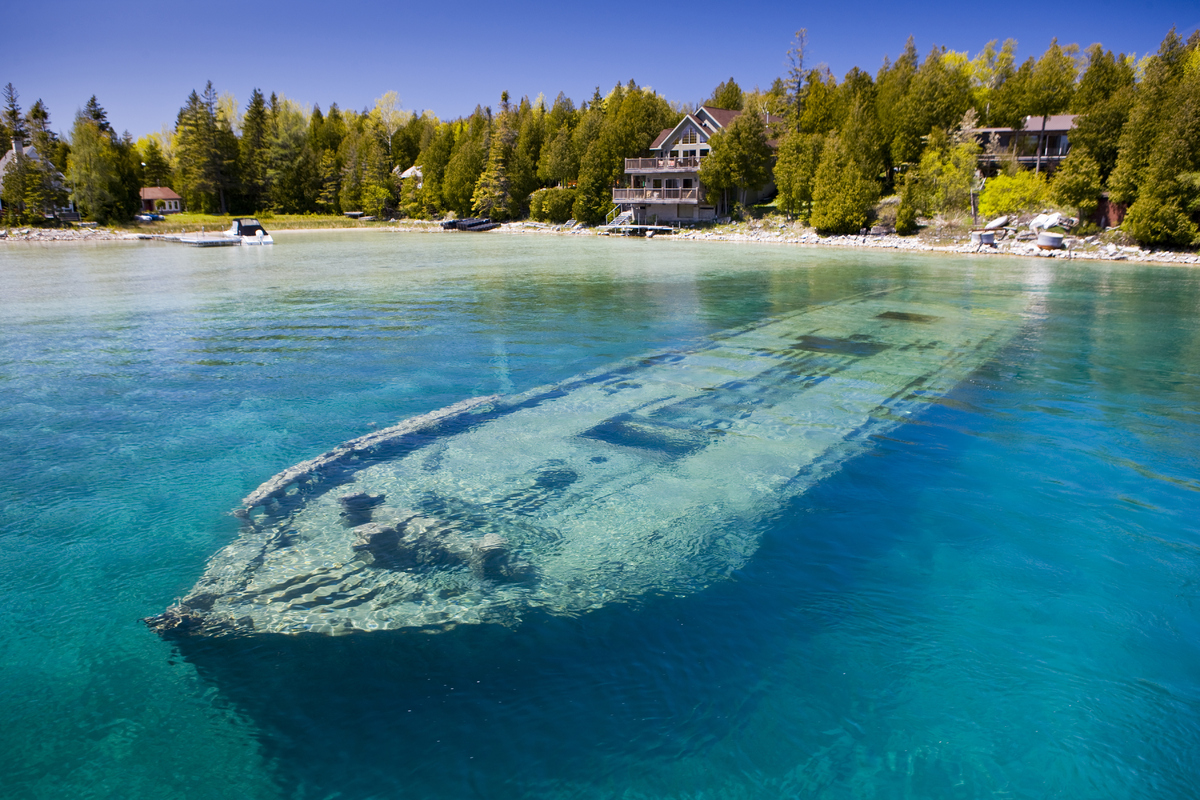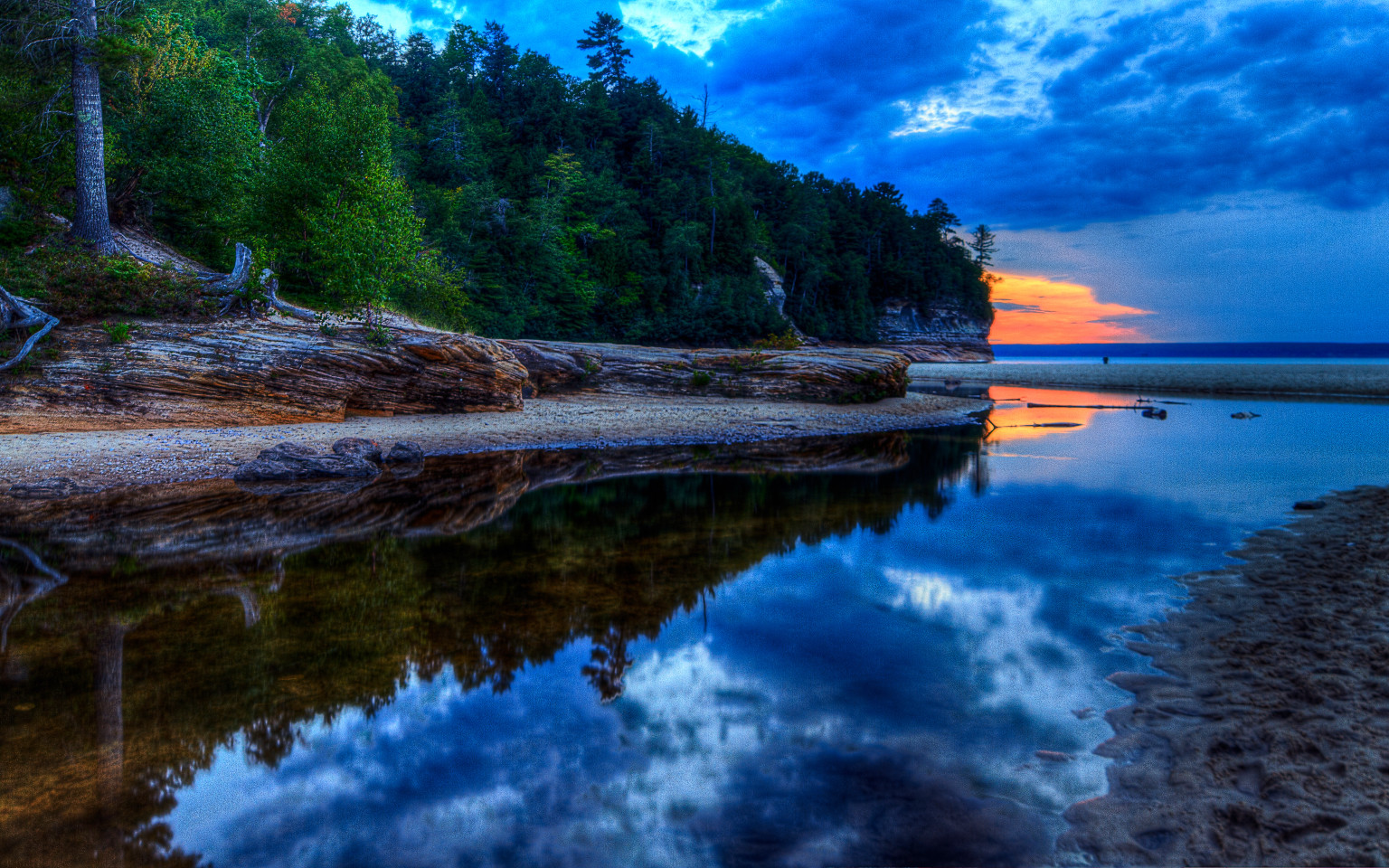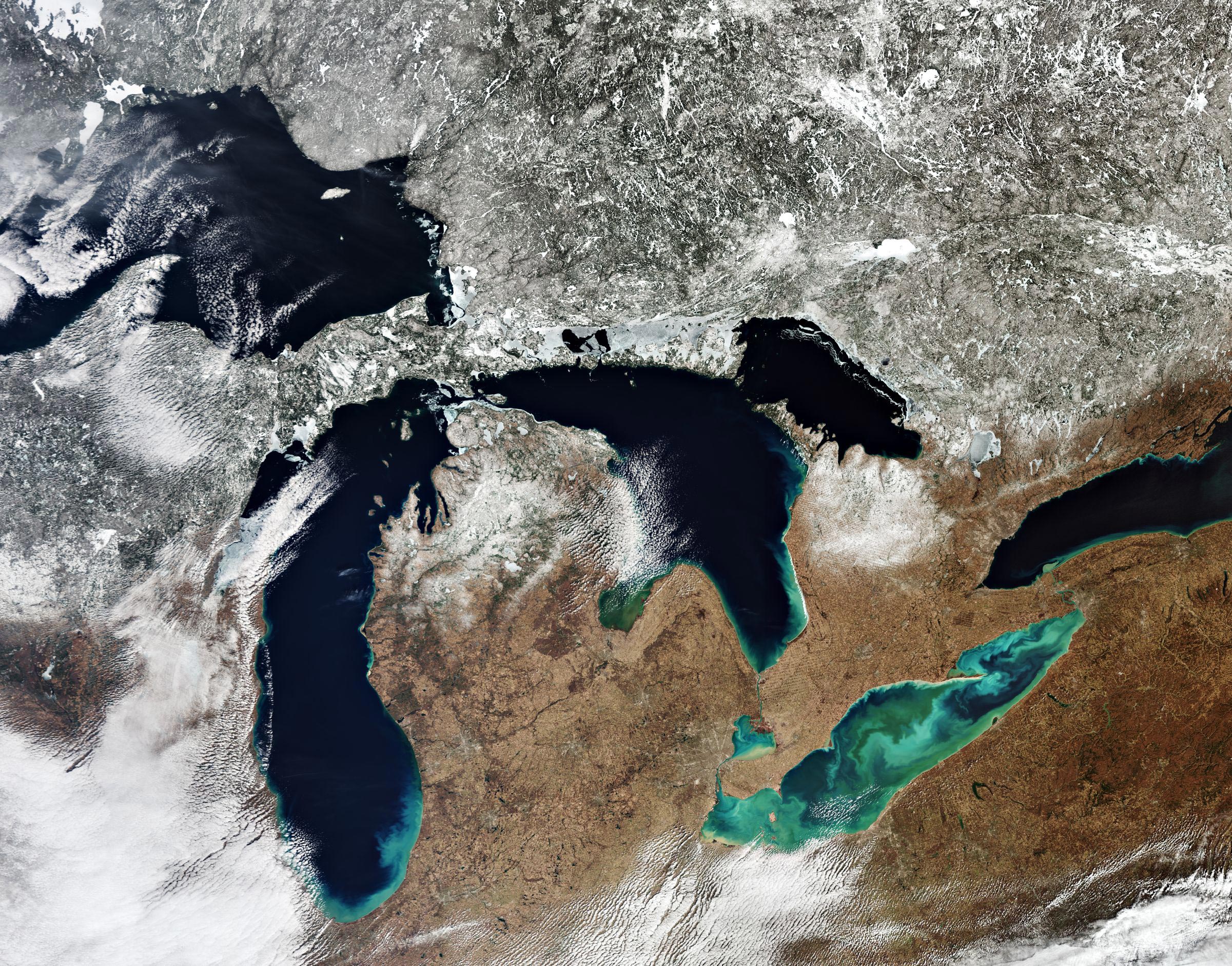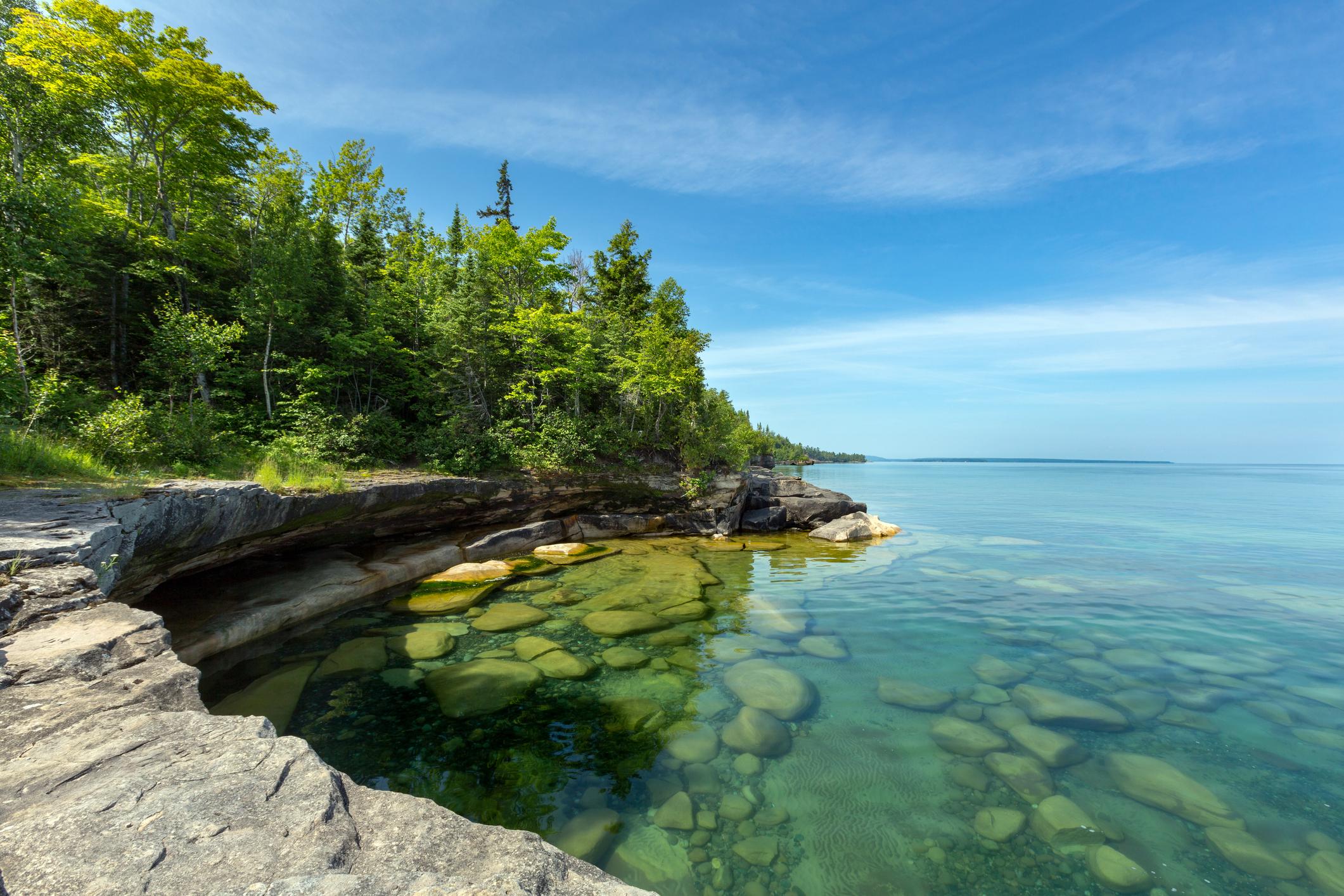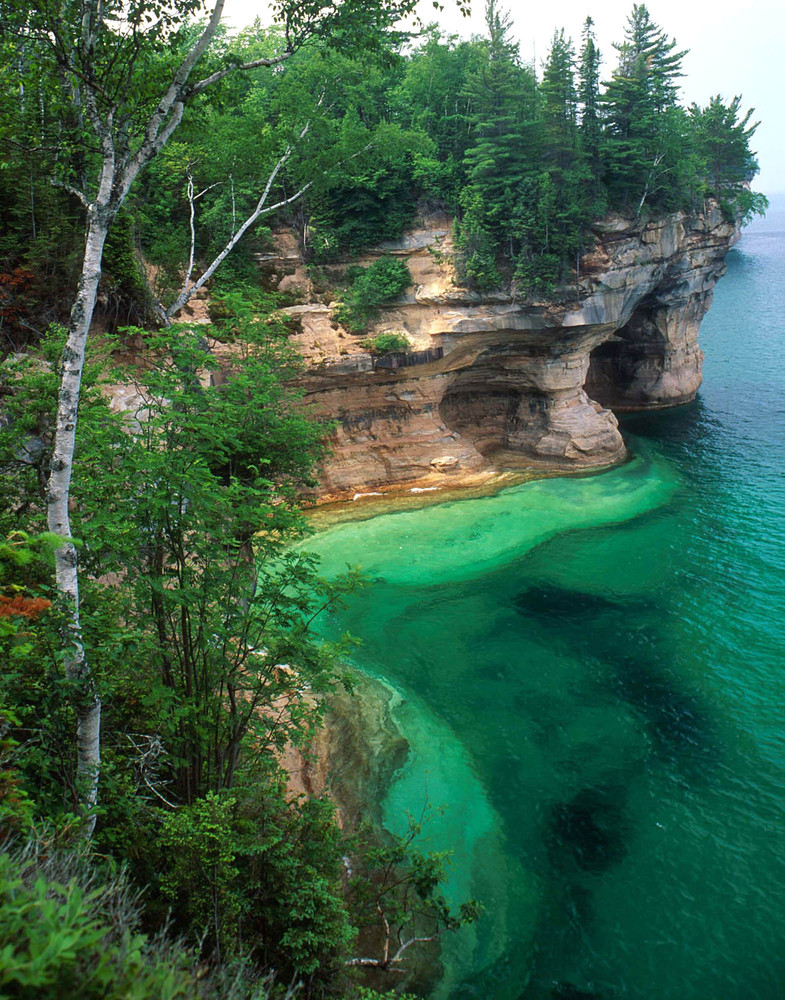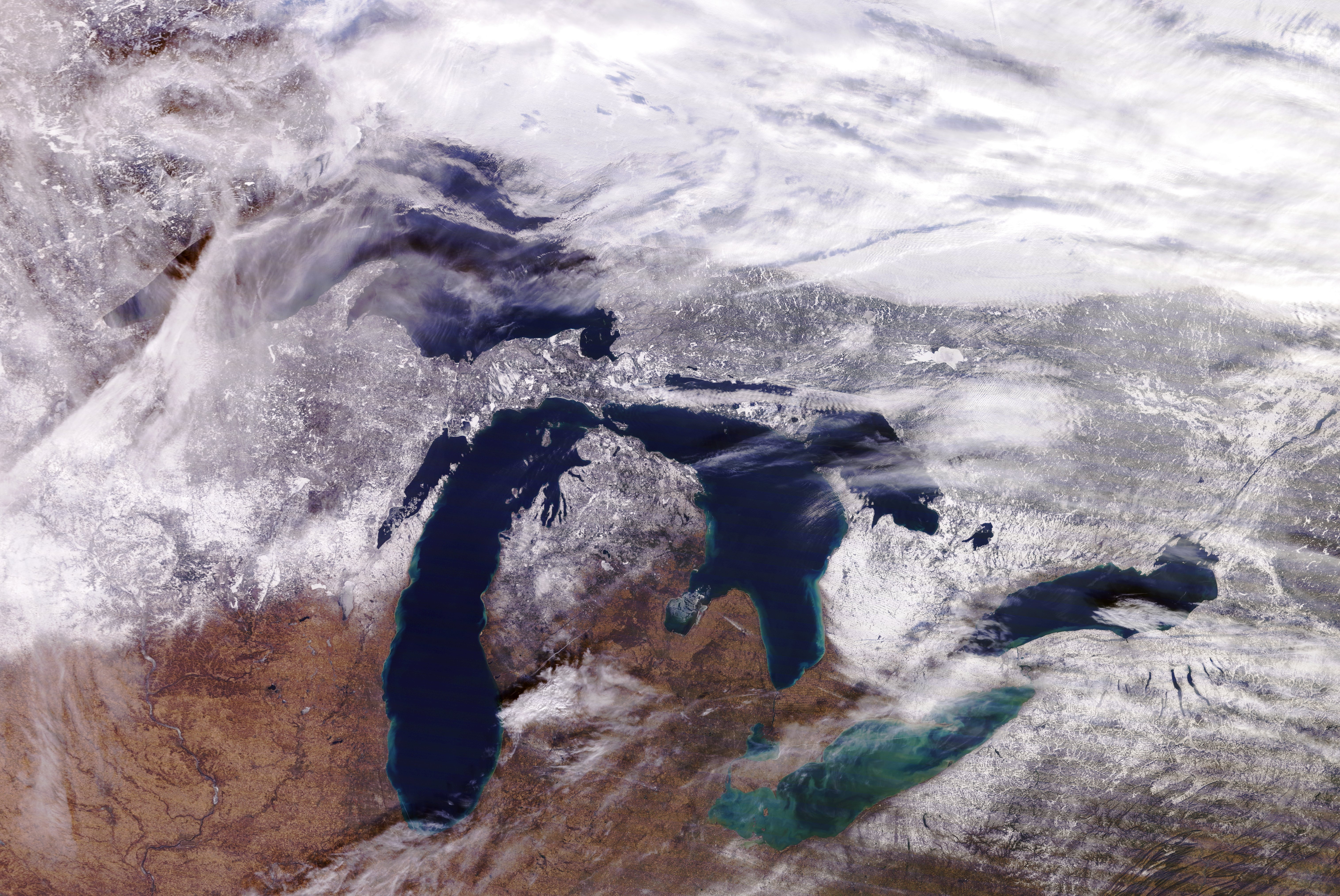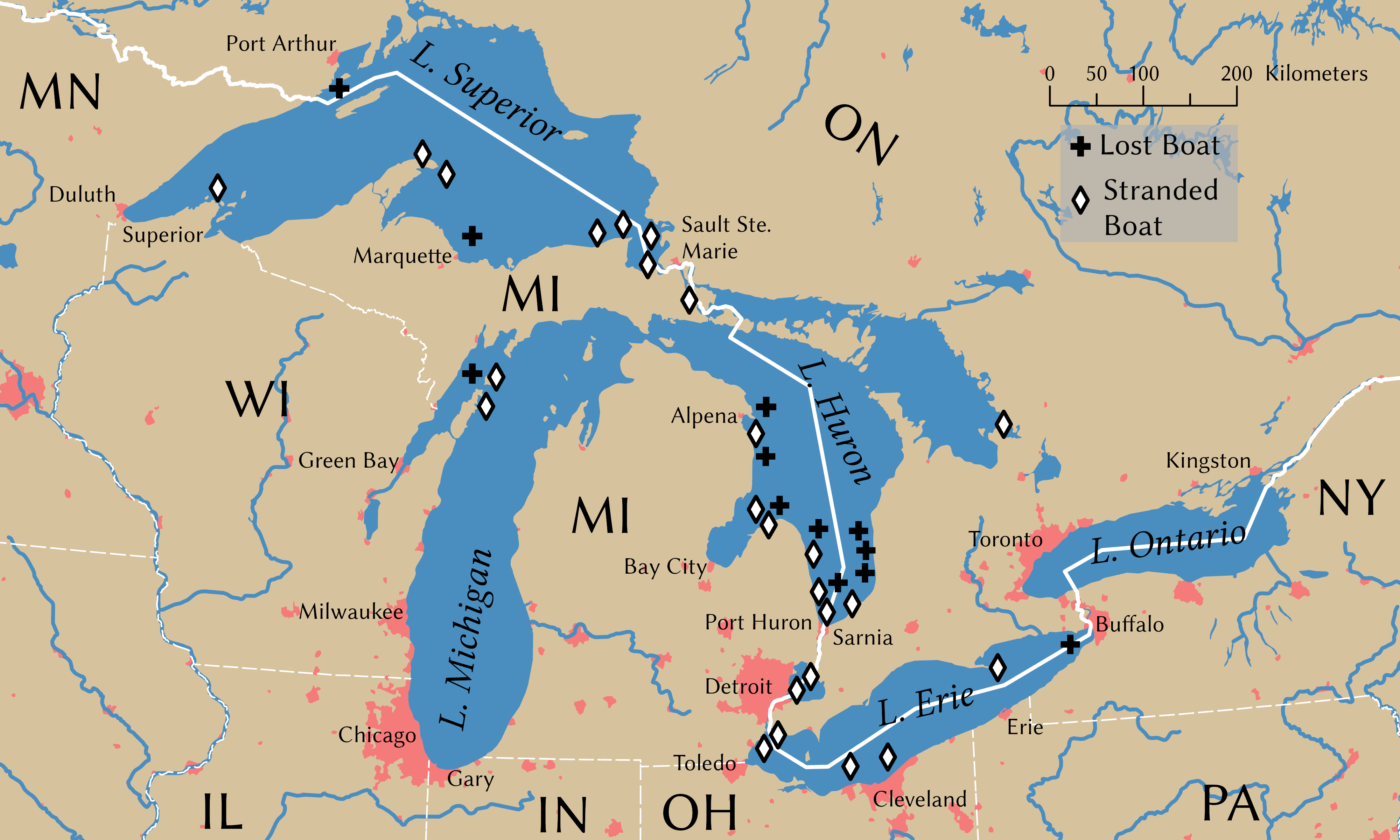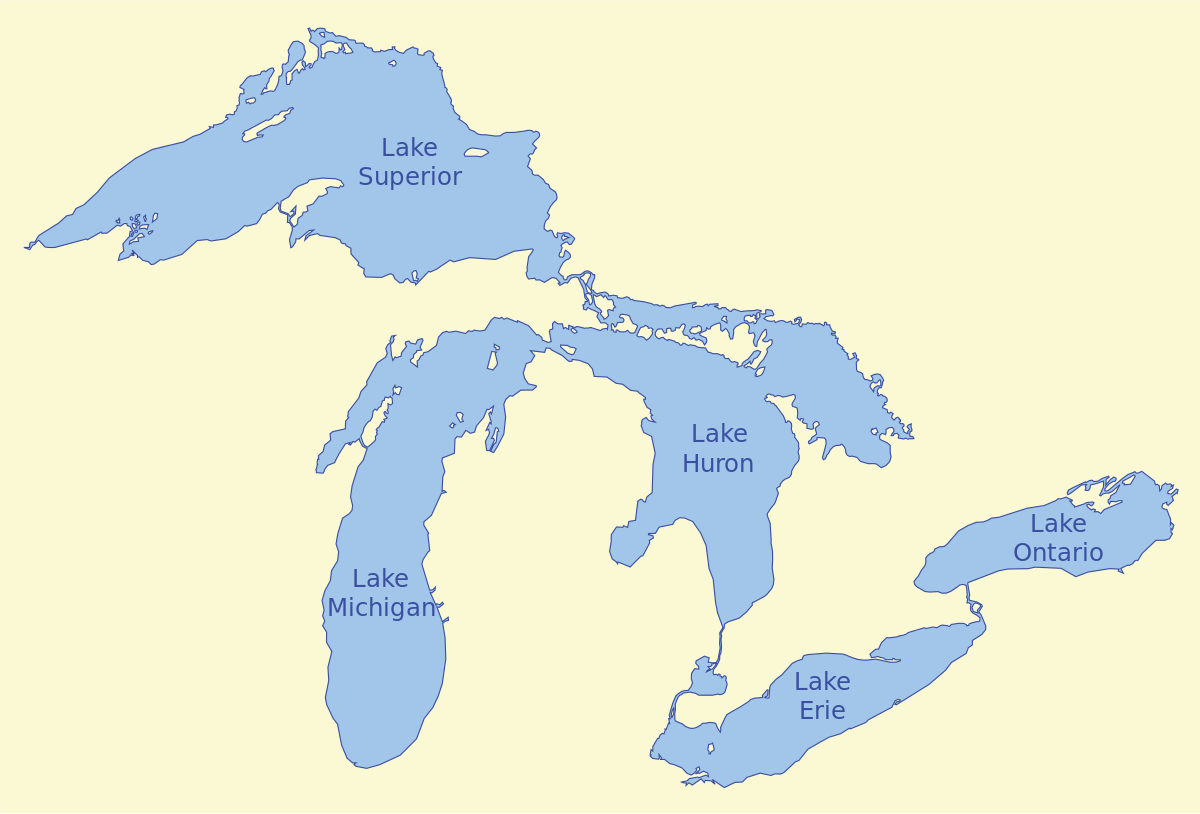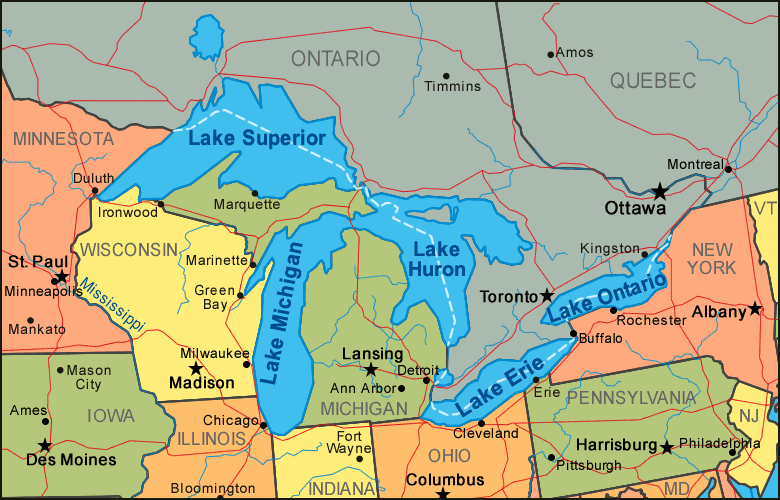The Natural Wonders of the Great Lakes: Exploring the Science, History, and Beauty of North America's Unique Region
Spanning over 95,000 square miles, the Great Lakes are an incredible natural feature that has been drawing scientists, tourists, and recreation enthusiasts for centuries. Comprising of five interconnected freshwater lakes - Lake Superior, Lake Michigan, Lake Huron, Lake Erie, and Lake Ontario - the Great Lakes system is the largest body of freshwater on the planet, holding a staggering six quadrillion gallons of water. In this article, we'll delve into the fascinating history, science, and attractions of this remarkable region, highlighting its importance to the environment, economy, and culture of North America.
Geography and Science
The Great Lakes are situated in the east-central interior of North America, straddling the Canada-US border. The five lakes are connected by a series of waterways, including the Straits of Mackinac, which links Lake Michigan and Lake Huron, forming a single body of water. The Great Lakes Waterway enables modern travel and shipping by water among the lakes, making it a vital transportation route. The lakes' unique geography has created a diverse range of ecosystems, supporting a vast array of plant and animal species. From the rugged shores of Lake Superior to the sandy beaches of Lake Michigan, each lake has its distinct features, making the Great Lakes region a haven for scientists, researchers, and nature enthusiasts.
History and Human Impact
The Great Lakes have played a significant role in shaping the history of North America, with evidence of human habitation dating back to the earliest Native American civilizations. The lakes' abundant natural resources, including fish, timber, and minerals, have made them an attractive destination for explorers, settlers, and industries. The Great Lakes region has been home to numerous industries, including steel production, brewing, and winemaking, which have contributed to the local economy and culture. Today, the Great Lakes continue to support a wide range of economic activities, including tourism, recreation, and commercial shipping.
Recreation and Attractions
The Great Lakes region is a paradise for those who love the outdoors. From swimming and boating to hiking and fishing, the lakes offer endless opportunities for recreation and leisure activities. The region is also home to numerous festivals, fairs, and events, including the Great Lakes Taste of Summer Wine Festival, which takes place in Lake Erie Speedway, and the Medieval Faire at the Lake Erie Speedway. For those interested in science and education, there are numerous institutions, such as the Science Center, which offer interactive exhibits and educational programs. For sports enthusiasts, the Great Lakes region is home to several professional sports teams, including Steel City FC, which recently won the National Premier Soccer League's Great Lakes Conference championship.
Conclusion
The Great Lakes are a unique and fascinating region that offers something for everyone. From its rich history and diverse ecosystems to its numerous recreational activities and cultural attractions, the Great Lakes are a testament to the natural beauty and importance of this incredible region. As we continue to learn more about the science, history, and culture of the Great Lakes, we are reminded of the importance of preserving and protecting this irreplaceable natural wonder for future generations.
#Nature #Science

